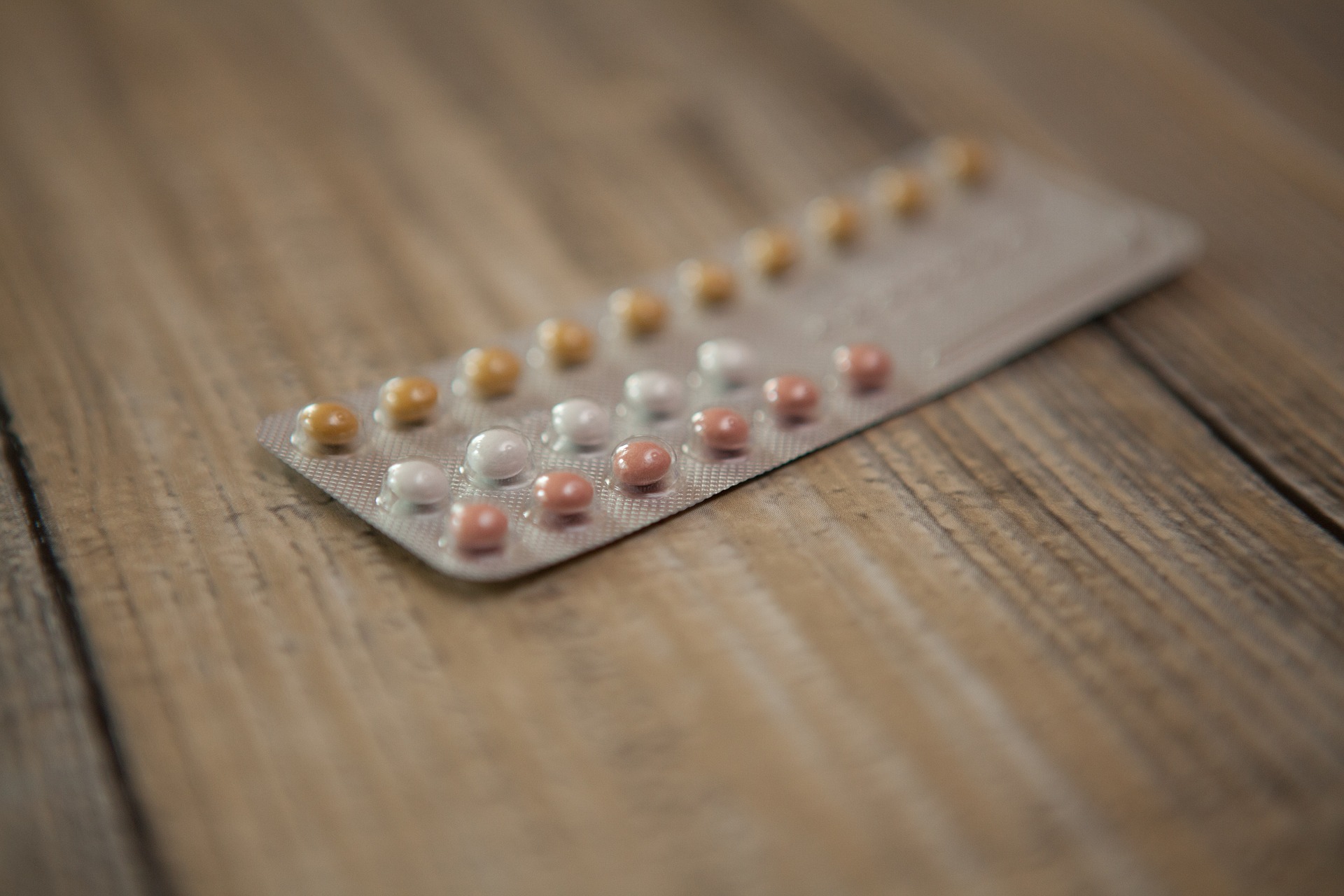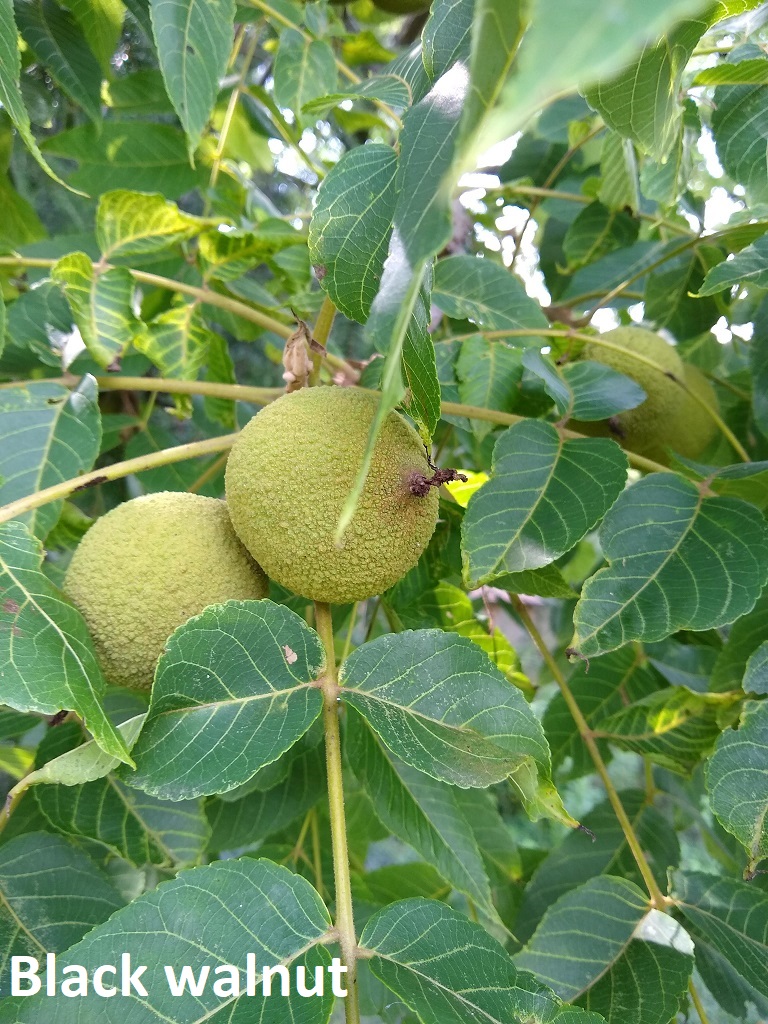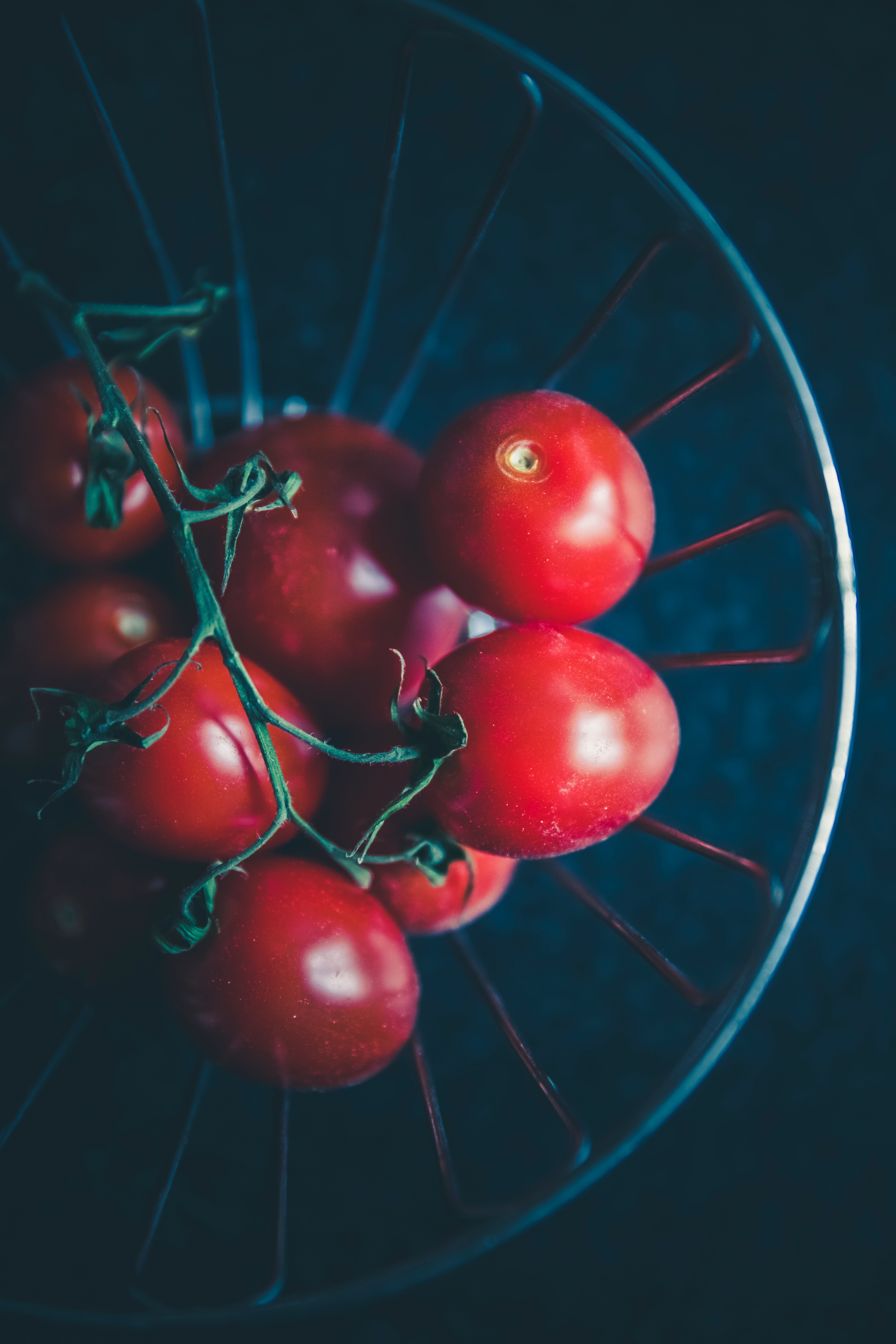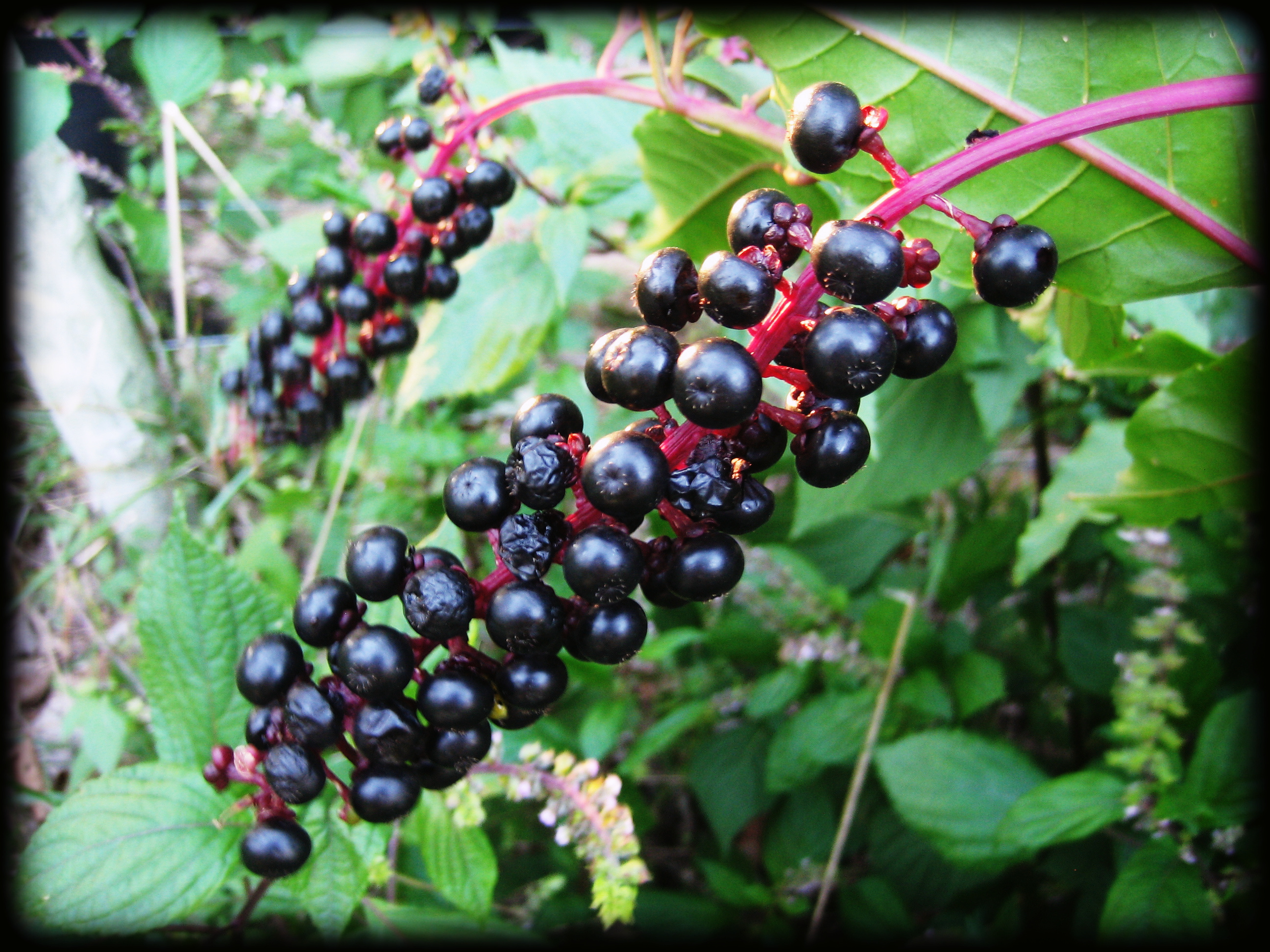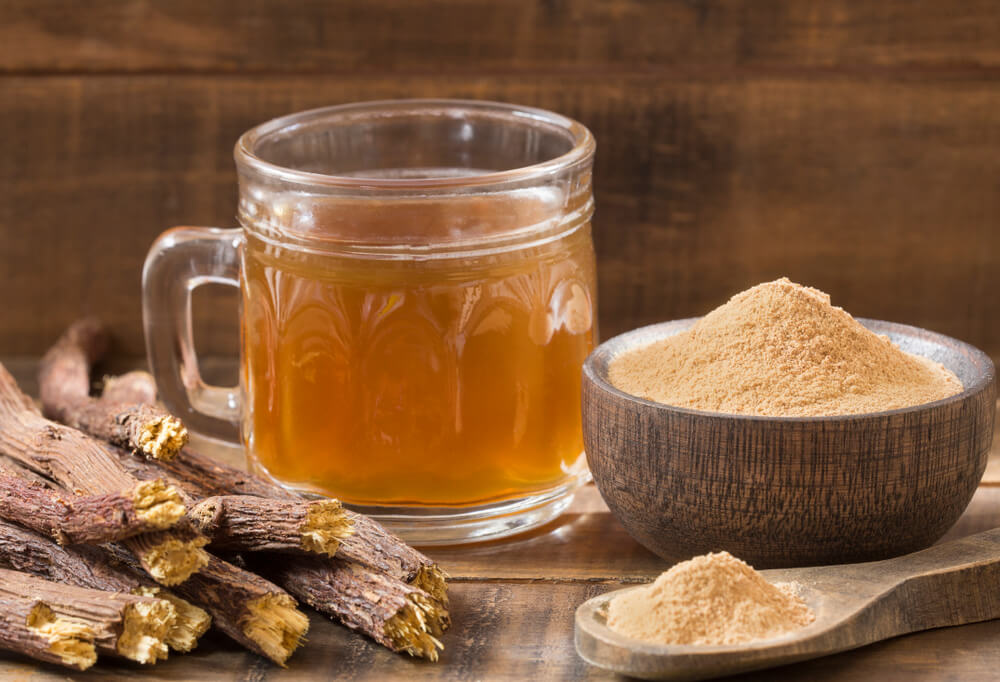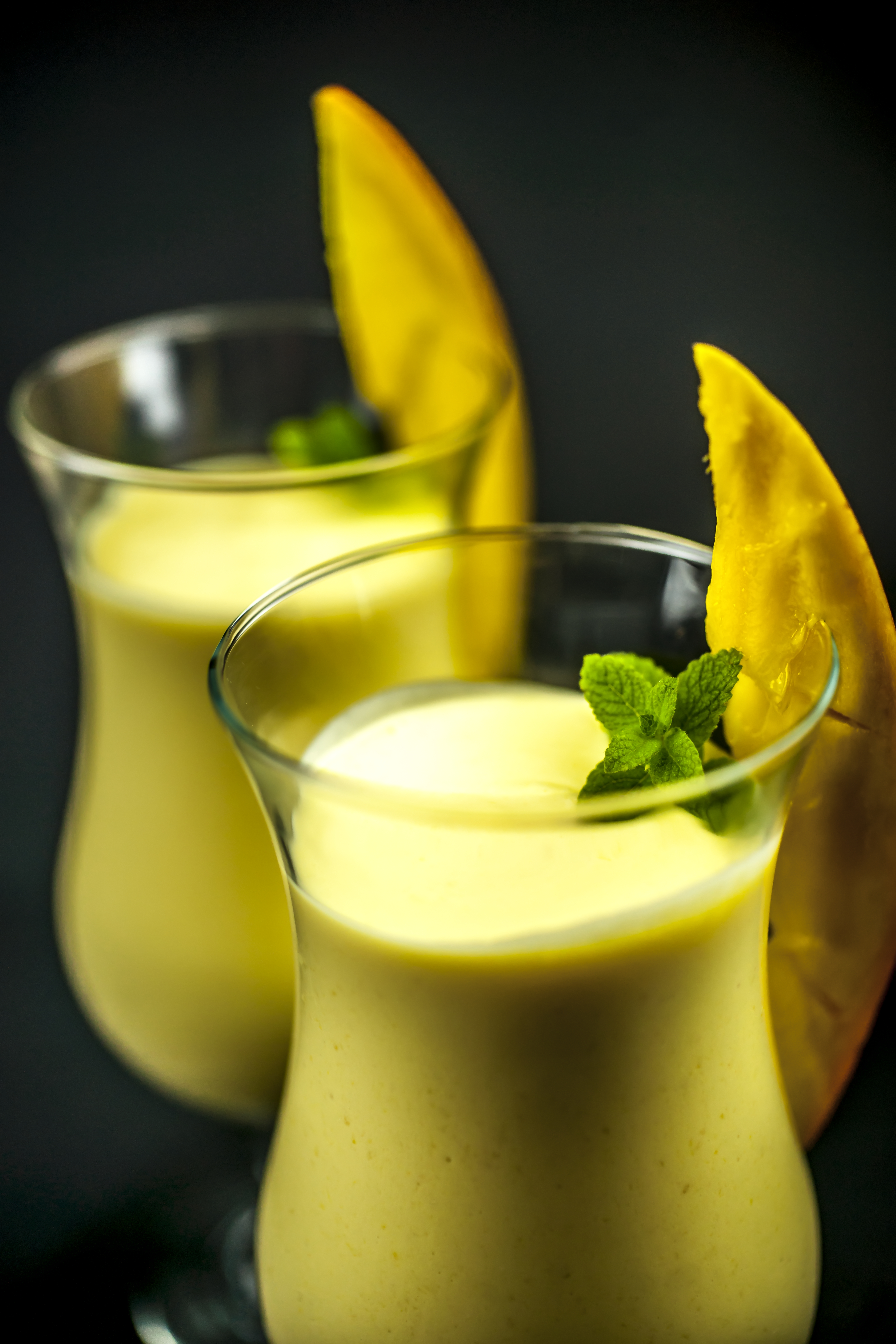This is an article that appeared in the Sunday, July 28, 2019 edition of the New York Times, written by Frank Bruni. It is an excellent overview of the plant we call “balm of Gilead” (Commiphora gileadensis), also known as Mecca balsam, Mecca myrrh, and mastic. The part used is the resin. Read on for a well-documented account of this ancient medicine’s past, present and possibly future uses.
CHIOS, Greece — Over my 54 years, I’ve pinned my hopes on my parents, my teachers, my romantic partners, God. I’m pinning them now on a shrub. It’s called mastic, it grows in particular abundance on the Greek island of Chios and its resin — the goo exuded when its bark is gashed — has been reputed for millennia to have powerful curative properties.
Ancient Greeks chewed it for oral hygiene. Some biblical scholars think the phrase “balm of Gilead” refers to it. It has been used in creams to reduce inflammation and heal wounds, as a powder to treat irritable bowels and ulcers, as a smoke to manage asthma. I’m now part of a clinical trial in the United States to determine if a clear liquid extracted from mastic resin can, through regular injections, repair ravaged nerves.
That would have profound implications for millions of Alzheimer’s patients, stroke survivors — and me. The vision in my right eye was ruined by a condition that devastated the optic nerve behind it, and I’m at risk of the same happening on the left side, in which case I wouldn’t be able to see a paragraph like this one.
David Leonhardt helps you make sense of the news — and offers reading suggestions from around the web — with commentary every weekday morning.
Will a gnarly evergreen related to the pistachio tree save me? That’s unclear. But in the meantime, I thought I should hop on a plane and meet my medicine. Chios has just 50,000 or so year-round residents. It lies much closer to Turkey than to the Greek mainland. And there’s no separating its history from that of mastic. In the 1300s and 1400s, when Chios was governed by the Republic of Genoa, the punishment for stealing up to 10 pounds of mastic resin was the loss of an ear; for more than 200 pounds, you were hanged. The stone villages in the southern part of the island, near the mastic groves, were built in the manner of fortresses — with high exterior walls, only a few entrances and labyrinthine layouts — to foil any attempts by invaders to steal the resin stored there.
Today there’s fresh interest in mastic — which is a tree or a shrub, depending on the individual plant’s size — as pharmaceutical companies and supplement manufacturers scour the natural world for overlooked or underutilized wonders: sprouting, blooming or oozing remedies developed in the largest laboratory of all. Might something more than superstition explain the spell cast by mastic over time?
“This tree has been selected by humans for 3,000 years,” Leandros Skaltsounis, a professor of pharmacology at the University of Athens, told me when I visited Chios in early July. “We’ve always known that mastic is good for health. Now we’re learning the reasons. It has huge potential.”
I ran into Skaltsounis beside the dusty construction site for a new building to accommodate technicians and equipment dedicated to studying (and, ideally, validating) mastic’s various applications. He had come to Chios for the project’s official blessing, and stood among more than a dozen business executives and scientists who listened as a bearded, black-robed Greek Orthodox priest sang hymns and prayed that the work done here would end suffering far and wide.
It’s a lot to ask of a plant. But then it’s hardly an unprecedented request. Many indispensable medicines can be traced back to the earth’s forests and fields: another reason to protect and nurture them a whole lot better than we do. Although we now use a synthetic version of aspirin, it was originally made from a compound found in the bark of the willow tree and its kin. Hippocrates reputedly prescribed chewing such bark or drinking tea brewed with it for pain.
The cancer drug taxol, the malaria drug artemisinin, the opiatemorphine and much more are the bequests of bark, leaves, flowers, berries, herbs or roots, some of which captured the attention of modern scientists because ancient folk healers venerated them.
There’s a formal name for the quest to find more drugs like these — bioprospecting — and scientists involved in it frequently pore through old tomes for clues to where in nature they should look. They know that we’ve only scratched the surface of what’s out there.
They know, too, that what we’ve already discovered — mastic resin, for example may be able to do more than we’ve asked of it. That’s why scores of Americans with my vision impairment, known as Naion, are injecting a translucent amalgam of selected compounds in the resin — or a placebo of cottonseed oil — into our thighs or bellies twice weekly for six months. I have no idea which group I fall into or whether my stint as a human pincushion is helping me. Three months in, I haven’t experienced any improvement.
The drug is the raison d’être of an Israeli biotech start-up, Regenera Pharma, built on an Iraqi émigré’s research. In animal tests and two small-scale human studies, Regenera established that it was safe and showed enough promise in restoring neural function that the Food and Drug Administration blessed the larger trial that I’m in, which will involve nearly 250 people with Naion at a dozen sites in the United States. We’re perfect test subjects, because we have just one, discrete neural function to monitor — vision. Either we correctly read more letters on an eye chart or we don’t. But Naion is rare, affecting only about one in 10,000 Americans, so we’re only a small fraction of the market that Regenera is after. If the drug, RPh201, works, it or its derivatives could be useful for an array of neurological or neurodegenerative disorders. But that’s a big if.
Though mastic grows throughout the Mediterranean, Jordan Rubinson, the chief executive of Regenera, told me that the company gets all its resin from Chios. Only here has it been cultivated with such an eye toward consistency for so long. Only here do mastic trees and shrubs produce so much resin, the result of many centuries of horticultural eugenics. Only here is a visitor constantly encountering, in everything from coffee to soap, the subtle, evanescent taste or perfume of the resin, which is like a suggestion of pine, a hint of vanilla and a rumor of seawater but a confirmation of none of the above.
And only here is mastic not just a facet of the flora but an indispensable engine of the economy and, really, a pillar of identity. Chios is mastic, and islanders are embracing that with a whole new exuberance and marketing savvy. Near the crest of a mountain in the south, a stunning structure of glass and stone houses the Chios Mastic Museum, which opened three years ago. Local tour organizers have christened the medieval stone settlements that I mentioned earlier “mastic villages,” a few of which, like Mesta and Olympi, are surprisingly well preserved. Guides take visitors through those mazes and then beyond them, to touch the fabled trees.
Fabled but frumpy, if I’m honest. Although they cover much of the southern slopes, they’re overshadowed by the silver-leaved olive trees that rise taller and more flamboyant around them, and I would have looked right past them but for their dandruff. That’s how I came to think of the odd layer of white powder — calcium carbonate — on the soil around their forked trunks.
The mastic farmers spread the powder there in early July, a few weeks before they begin the process of cutting diagonal grooves in the mastic’s bark. The resin then rises to fill these wounds — it’s how some plants protect themselves from insects and pathogens, a sort of botanical self-care — and forms what look like giant teardrops. As they harden, they tumble to the calcium-carbonate landing pads, which keep them from sticking to the ground. They’re collected in September and October.
Some 4,500 people on Chios are involved in the mastic industry, which doubled its production over the last 15 years, according to Ilias Smyrnioudis, the head of research and development for the island’s mastic growers association. He gave me a tour of the hangar-like building where an array of food products with mastic resin are produced. The resin has long been a culinary darling in Greece, especially as a chewing gum, a liqueur or a flavoring in sweets. Lately the enterprising islanders have assigned it a much broader gastronomic portfolio. “Cereal, pasta, tomato sauce, eggplant sauce, olive oil, salt, jams,” Mairi Giannakaki, a senior official with a Chios food company, ticked off as we slalomed around conveyor belts bearing the various items. “We put mastic in everything.”
But the more important production plant, a few miles away, is the one where the resin bound for therapeutic use is cleaned meticulously by dozens of women in sterile garb who buff and sort small, ivory-colored pebbles of it as delicately as if they were cutting diamonds. Some pebbles are shipped that way, to be processed further by the companies receiving them. Some are pulverized first.
Smyrnioudis took me to a room where sealed white and blue boxes — the colors of the Greek flag — were stacked high and far. “This one is going to Libya,” he said, inspecting the label on one box before moving on to another. “This one says Japan. It’s powder, maybe for toothpaste.” He told me that the resin is exported to more than 45 countries.
“Its gastrointestinal, antioxidant, anti-inflammatory, anti-diabetic, antimicrobial and anticancer activity, as well as its beneficial effects in oral hygiene and in skin care, are firmly documented,” reads a glossy booklet by Smyrnioudis, who has a doctorate in virus epidemiology and molecular biology. “Firmly” is in the eye of the beholder: While the booklet cites scores of papers and studies, they’re not from particularly prominent medical journals, and in America at least, the resin isn’t the F.D.A.-approved treatment of choice for the ailments it purportedly relieves.
There are clinical trials in Greece to evaluate the resin’s effectiveness in treating inflammatory bowel disease and nonalcoholic fatty liver disease. Smyrnioudis said that he has seen evidence that it can reduce blood pressure; Skaltsounis, the pharmacology professor, spoke of its potential in lowering cholesterol.
To hear them tell it, there’s virtually nothing mastic can’t do.
In the Chios beach town of Komi, I met Irene Argyraki and her dog, Bella, a stray who came her way several years ago after being hit by a car. Fur and skin had been shorn from one of Bella’s legs, and a veterinarian told Argyraki that Bella “would always be limping, with a very obvious scar.” Bella was neither limping nor scarred when I saw her, a fate that Argyraki credited to daily applications of an ointment with mastic-resin powder that she instructed a local pharmacist to make.
In the central square of the medieval village of Mesta, just a few long strides past the Mastic Memories memorabilia shop, I had coffee with Roula Boura. She and her husband run a group that promotes island tourism, and she, too, is a mastic evangelist.
“When I was pregnant,” she told me, “I needed to digest my food better, so I drank water with mastic powder in it.” Problem solved. “But still I couldn’t sleep,” she added. “I had a very big belly. I was carrying twins.” I told her that I was injecting mastic for my bum eye, and she lit up, because she said she knew of something else excellent for vision problems: organic olive oil with fennel. I should start consuming it regularly.
Maybe hyperbole, along with mastic, thrives in this sunny climate. Some islanders have claimed that Christopher Columbus was born here, angering Italians no end. Some speak of Chios as the birthplace of Homer, although many scholars believe that Homer wasn’t even a single person but a troupe of poets.
And some questions aren’t easily answered, even after millenniums of asking. I couldn’t be sure — as I walked among the mastic and then headed home to pump yet more of it inside me — whether this was a story of human ingenuity or human gullibility, of shrewd enterprise or blunt opportunism. Regardless, it’s a story of hope, which comes from many sources, some of them gnarly and evergreen.
I invite you to sign up for my free weekly email newsletter. You can follow me on Twitter (@FrankBruni).
